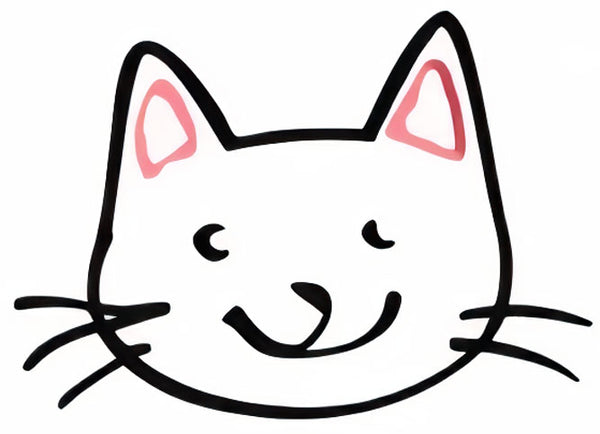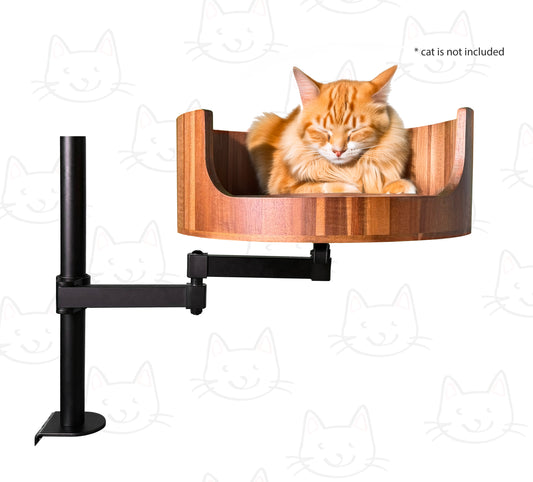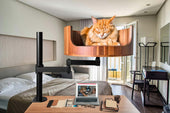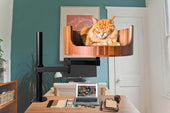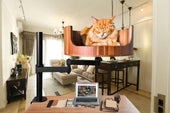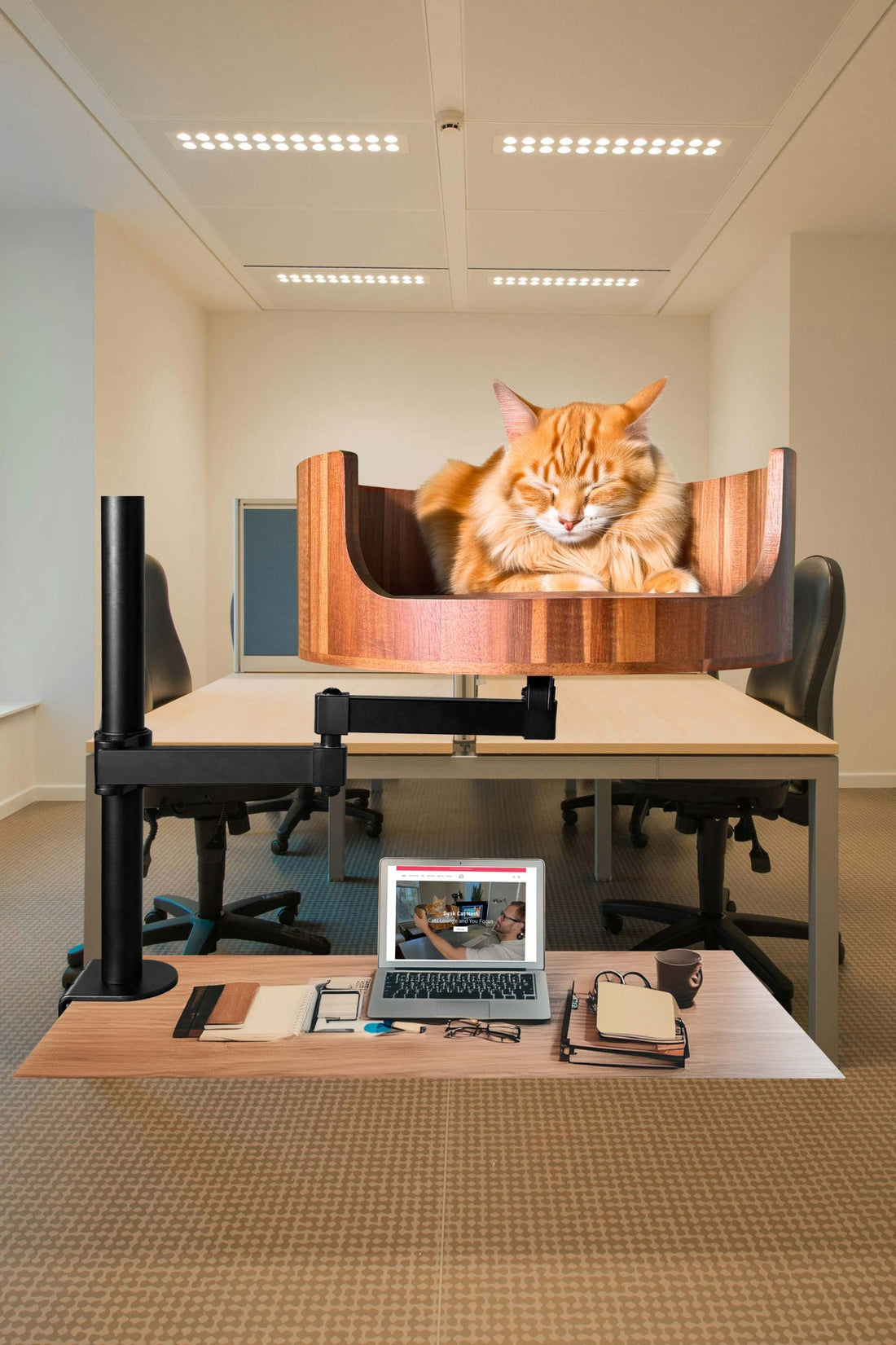
Why Do Cats Purr When You Pet Them: Understanding Feline Behavior
Share
Have you ever wondered why your fluffy feline friend purrs when you pet them? Cats are known for their enigmatic behavior, and understanding why they purr can shed light on their communication methods and emotional state. In this article, we will delve into the reasons behind why cats purr when they are pet, exploring the fascinating world of feline behavior.
From seeking comfort and security to expressing contentment and pleasure, cats purr for a variety of reasons. Despite popular belief, purring is not always a sign of happiness - it can also be a way for cats to self-soothe in stressful situations. By examining the different contexts in which cats purr, we can gain a deeper understanding of our beloved pets and strengthen our bond with them. Join us as we unravel the mystery behind why cats purr when you pet them, and gain insight into the complex and nuanced world of feline communication.
1. Cats purr when being petted as a way to communicate contentment and relaxation.
2. Purring can also be a sign of seeking attention or soothing themselves in stressful situations.
3. Understanding a cat's body language alongside purring can provide insights into their overall mood and preferences.
4. Cats may purr to show affection or establish a bond with their owners, creating a sense of trust and security.
5. It is important to pay attention to a cat's cues and respect their boundaries when petting them to ensure a positive interaction for both the cat and the owner.
What Causes Cats to Purr?
When you pet a cat and they start purring, it is a sign that they are content and happy. However, purring can also serve other purposes, such as self-soothing when they are anxious or in pain. Cats purr by vibrating their laryngeal muscles, which causes the vocal cords to separate and produce the characteristic sound. Research suggests that purring may also have healing properties, as the frequency of the vibrations can promote bone density and wound healing.
Communication Through Purrs
In addition to expressing their emotions, cats also use purring as a form of communication with humans and other animals. Cats may purr to indicate that they are hungry, in need of attention, or seeking comfort. Newborn kittens also purr to signal their presence to their mother, who may not be able to see or hear them clearly. By understanding the different meanings behind a cat's purr, pet owners can better cater to their feline companions' needs.
The Role of Petting in Cat Behavior
Petting plays a crucial role in strengthening the bond between cats and their owners. When you pet a cat in their favorite spots, such as behind the ears or under the chin, it releases feel-good hormones called endorphins. This physical contact reminds cats of being groomed by their mothers and creates a sense of security. However, it is essential to pay attention to a cat's body language while petting them to ensure they are enjoying the interaction and not feeling overwhelmed.
Encouraging Positive Behavior in Cats
By promoting positive interactions with your cat, such as through petting and playtime, you can reinforce good behavior and strengthen your bond. Cats are known for being independent animals, but they also crave attention and affection from their human companions. Understanding why cats purr when you pet them can improve your relationship with your feline friend and create a more harmonious household. It is essential to respect your cat's boundaries and preferences to ensure a healthy and happy relationship.
Desk Cat Nest FAQ
Why do cats purr when you pet them?
When you pet a cat, it can trigger a physiological response that leads to purring. Cats purr as a way to communicate feelings of comfort, happiness, and relaxation. It can also be a self-soothing mechanism for cats when they feel stressed or anxious.
Is purring always a sign of a happy cat?
While purring is often associated with positive emotions, it is not always an indicator of a happy cat. Cats can also purr when they are in pain, frightened, or anxious. It's important to pay attention to other body language cues to determine the true meaning behind your cat's purring.
Can all cats purr?
Most domestic cats have the ability to purr, but not all cats exhibit this behavior. Purring is typically associated with smaller to medium-sized cats, while larger cats like lions and tigers do not typically purr in the same way domestic cats do.
Is it safe to pet a cat while it's purring?
In general, it is safe to pet a cat while it is purring. However, it's essential to be mindful of your cat's body language and reactions. If the cat shows signs of discomfort or aggression, it's best to stop petting and give them some space.
How can I tell if my cat is purring because it's happy?
Happy purring is often accompanied by other signs of contentment such as a relaxed body posture, kneading with their paws, and slow blinking. If your cat is seeking out your attention, rubbing against you, and purring loudly, these are all good indicators that they are enjoying the petting session.
In conclusion, providing your cat with a comfortable and cozy sleeping space, such as the Desk Cat Bed, can play a crucial role in promoting their overall well-being and contentment. The ergonomic design and soft material of the bed will ensure that your furry friend has a safe and comfortable place to rest, which can ultimately lead to reduced stress levels and a greater sense of security. By investing in a Desk Cat Bed, you are not only providing your pet with a peaceful place to relax, but you are also enhancing the bond between you and your cat, potentially leading to more purring and affection when you pet them. Give your cat the gift of a luxurious sleeping experience with the Desk Cat Bed and enjoy the benefits of a happier and more contented feline companion.
